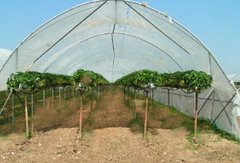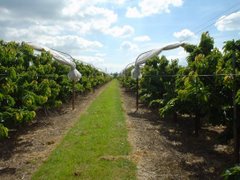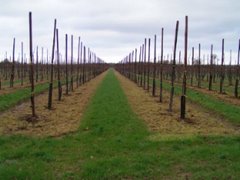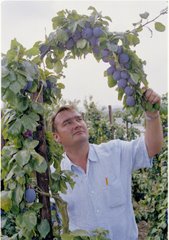 November
NovemberNovember was a generally quiet month, generally more anticyclonic than a 'normal' November but with a couple of notable unsettled periods either side of mid-month with mean temperatures ranging from close to average across part of Kent. The month began with several warm days, but from the 12th onwards the weather was often rather cold with widespread night frosts. Most parts of England and Wales were less than 0.5°C warmer than average and much of November was dry but there was one very wet spell between the 17th and 21st, and rain also fell widely on the 30th. Averaged over England and Wales, the month's total rainfall was 74mm which was 27 per cent below the average.
All crops have now been harvested, and we finished picking Braeburn last week in November.
We are now in the post harvest stage, where replanting and clearing up will take place over the next few months. All Top Fruit crops will now be pruned
All crops have now been harvested, and we finished picking Braeburn last week in November.
We are now in the post harvest stage, where replanting and clearing up will take place over the next few months. All Top Fruit crops will now be pruned




















































